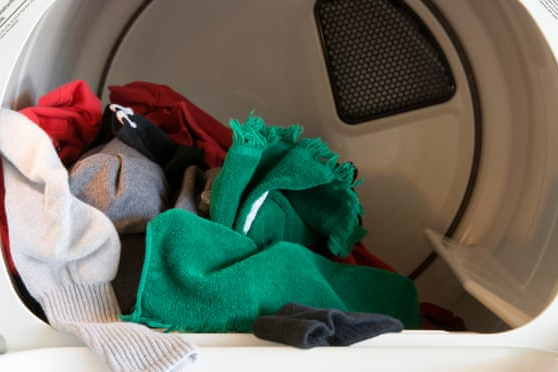
Research suggests tumble dryers to be a leading source of microfibre air pollution
YarnsandFibers News Bureau 2022-01-14 10:59:10 – Hong KongA study by researchers in Hong Kong titled ‘Microfibers Released into the Air from a Household Tumble Dryer’, has highlighted that tumble dryers are one of the main sources of microfiber pollution in the atmosphere and can release up to 120 million microfibres each per year into the atmosphere.
The study was conducted by a group led by Professor Kenneth Leung, director of the State Key Laboratory of Marine Pollution (SKLMP) and department of chemistry at City University of Hong Kong.
While it has long been known that washing machines release microfibres into wastewater, the researchers say it is unclear how drying affects the environment beyond energy use. Microfibres can be found in both natural and synthetic fabrics, such as cotton and polyester, which are both termed microplastics.
The scientists said that releasing microfibres into the environment is a concern because they can absorb and transfer contaminants over great distances. In addition, if the fibers are swallowed or inhaled, they might cause irritation. Previous studies have indicated that microfibres are released into laundry water by clothes washers, but this waste is treated before it is discharged into rivers or streams, eliminating some or most of the fibers.
They claim, however, that little research has been done on dryers, whose air goes through a duct and is vented directly to the outdoors, and that they are a major source of microfiber and microplastic pollution in nature.
Professor Kenneth Leung of the City University of Hong Kong and Kai Zhang of the American Chemical Society's, team’s study was aimed to find the microfibres formed by cotton and polyester clothes in a dryer to determine the volume of laundry released into the outside air each year.
To do this, the researchers used a tumble dryer with a vent pipe to the outside to dry garments made of polyester and cotton separately. They collected and counted the airborne particles that escaped the vent as the machine ran for 15 minutes.
The results revealed that both types of clothing produced microfibres, which the researchers attribute to friction caused by clothes rubbing against each other as they tumbled around.
In previous studies for the same amount of clothing, the dryer released between 1.4 to 40 times more microscopic pieces for both textiles than washing machines.
They also discovered that the release of polyester microfibers rises as the load size increases, whereas the release of cotton microfibres remains constant. According to the researchers, this happens because some cotton microfibres agglomerate and can't stay airborne, which doesn't happen with polyester.
The team estimated that every year, the average single Canadian household's dryer produces and releases between 90 and 120 million microfibres into the air outside. Additional filtration devices for dryer vents should be adapted to manage and decrease the emission of these airborne microfibres, they advised.
Market Intelligence
Ask for free sample Report

experience
Customer Base
dedicated team
Countries Served Worldwide









